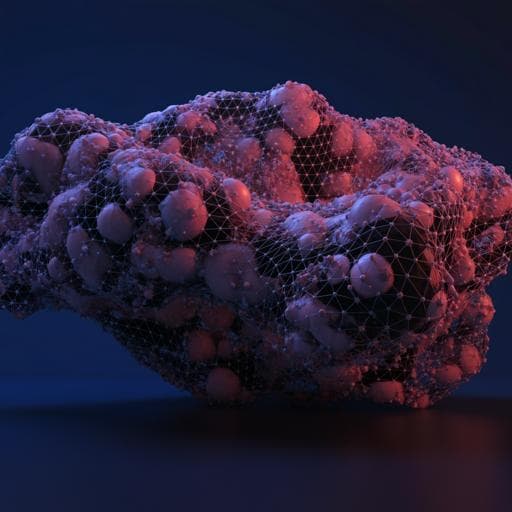
Engineering and Technology
Deep learning for the rare-event rational design of 3D printed multi-material mechanical metamaterials
H. Pahlavani, M. Amani, et al.
This groundbreaking research by Helda Pahlavani, Muhamad Amani, Mauricio Cruz Saldívar, Jie Zhou, Mohammad J. Mirzaali, and Amir A. Zadpoor unveils a novel approach to discover rare designs of metamaterials boasting unique properties like double-auxeticity and high elastic moduli. Using advanced computational models and deep learning, they significantly enhance efficiency in identifying and validating these designs through 3D printing and mechanical testing.
~3 min • Beginner • English
Related Publications
Explore these studies to deepen your understanding of the subject.







